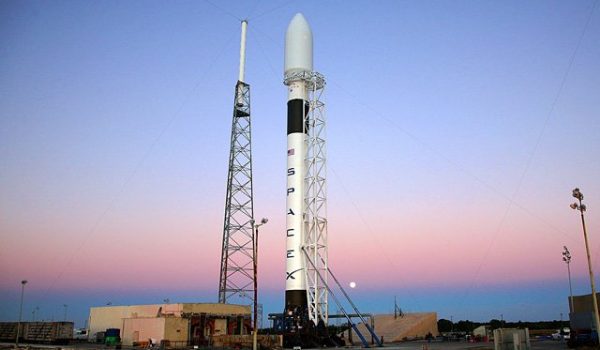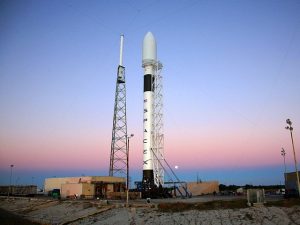
Draft Environmental Assessment for Issuing an Experimental Permit to SpaceX for Operation of the Grasshopper Vehicle at the McGregor Test Site,Texas, published by the Federal Aviation Administration (FAA), discloses some details over SpaceX planned reusable rocket, the Grasshopper.
Excerpts
The Grasshopper RLV consists of a Falcon 9 Stage 1 tank, a Merlin-1D engine, four steel landing legs, and a steel support structure. Carbon overwrapped pressure vessels (COPVs), which are filled with either nitrogen or helium, are attached to the support structure. The Merlin- 1D engine has a maximum thrust of 122,000 pounds. The overall height of the Grasshopper RLV is 106 feet, and the tank height is 85 feet.”
Post-flight activities include Grasshopper RLV landing and safing. During a nominal launch, the vehicle would land on the launch pad. Safing activities would begin upon completion of all launch and landing activities and engine shutdown. The LOX oxidizer system would be purged, and the fuel lines would be drained into a suitable container. Any remaining pressurants (i.e., helium or nitrogen) would be vented prior to declaring the Grasshopper RLV safe and moving the vehicle to its transport vehicle and staging area. A ground crew would perform and supervise all pre-flight, flight, and landing operations and would be familiar with the operating protocol for the specific launch.


















































































































![A trajectory analysis that used a computational fluid dynamics approach to determine the likely position and velocity histories of the foam (Credits: NASA Ref [1] p61).](http://www.spacesafetymagazine.com/wp-content/uploads/2014/05/fluid-dynamics-trajectory-analysis-50x50.jpg)



Leave a Reply